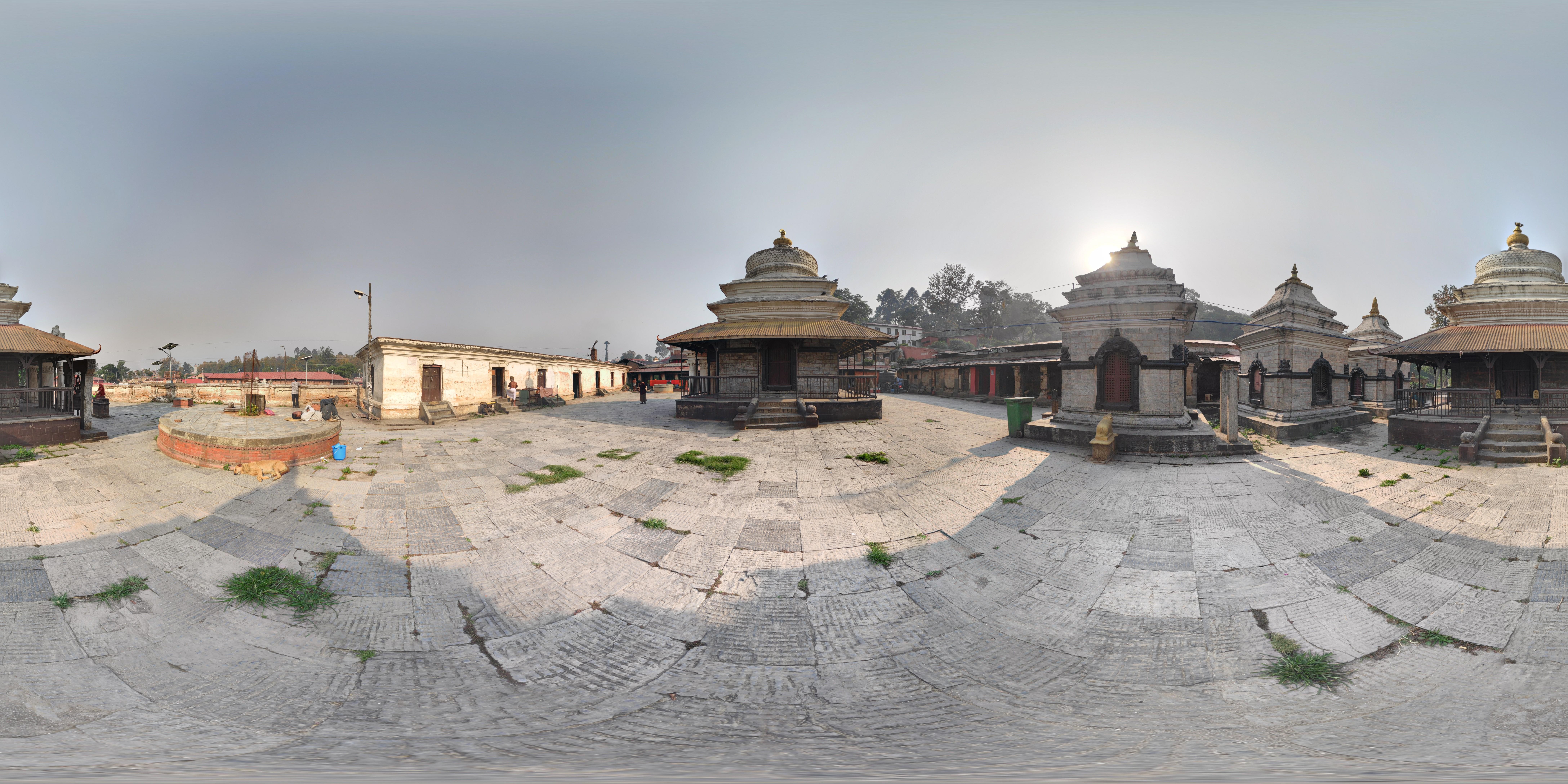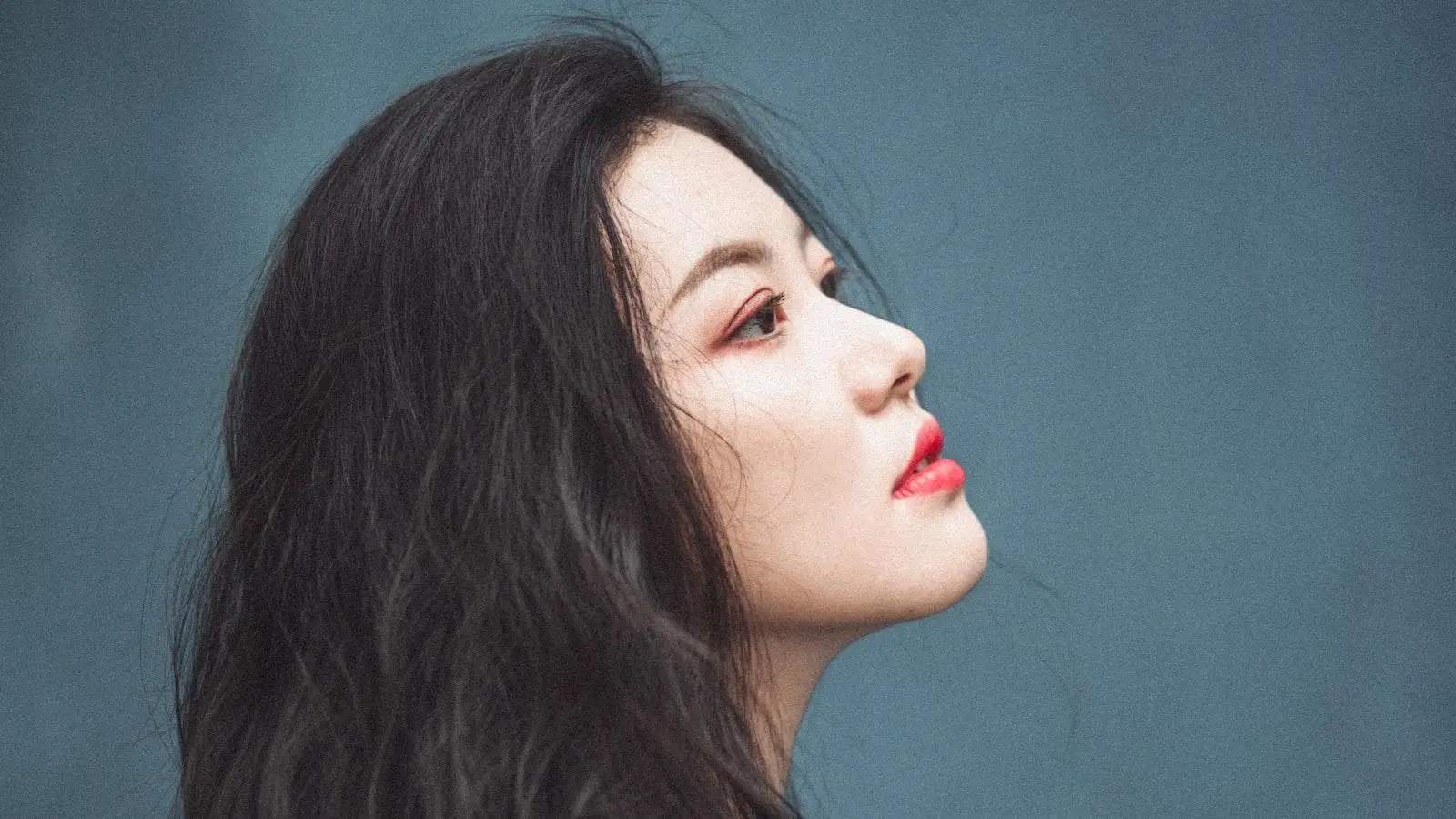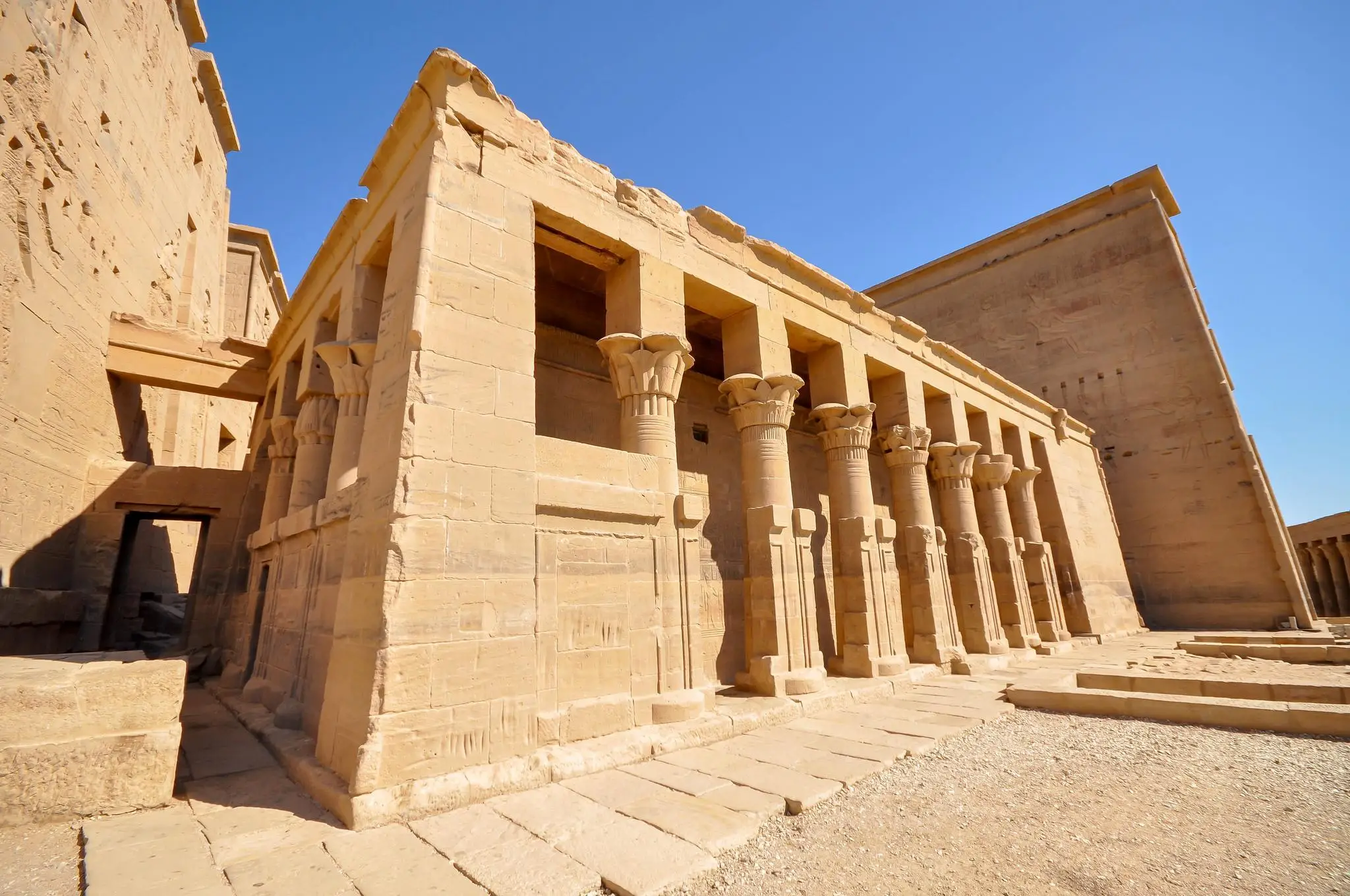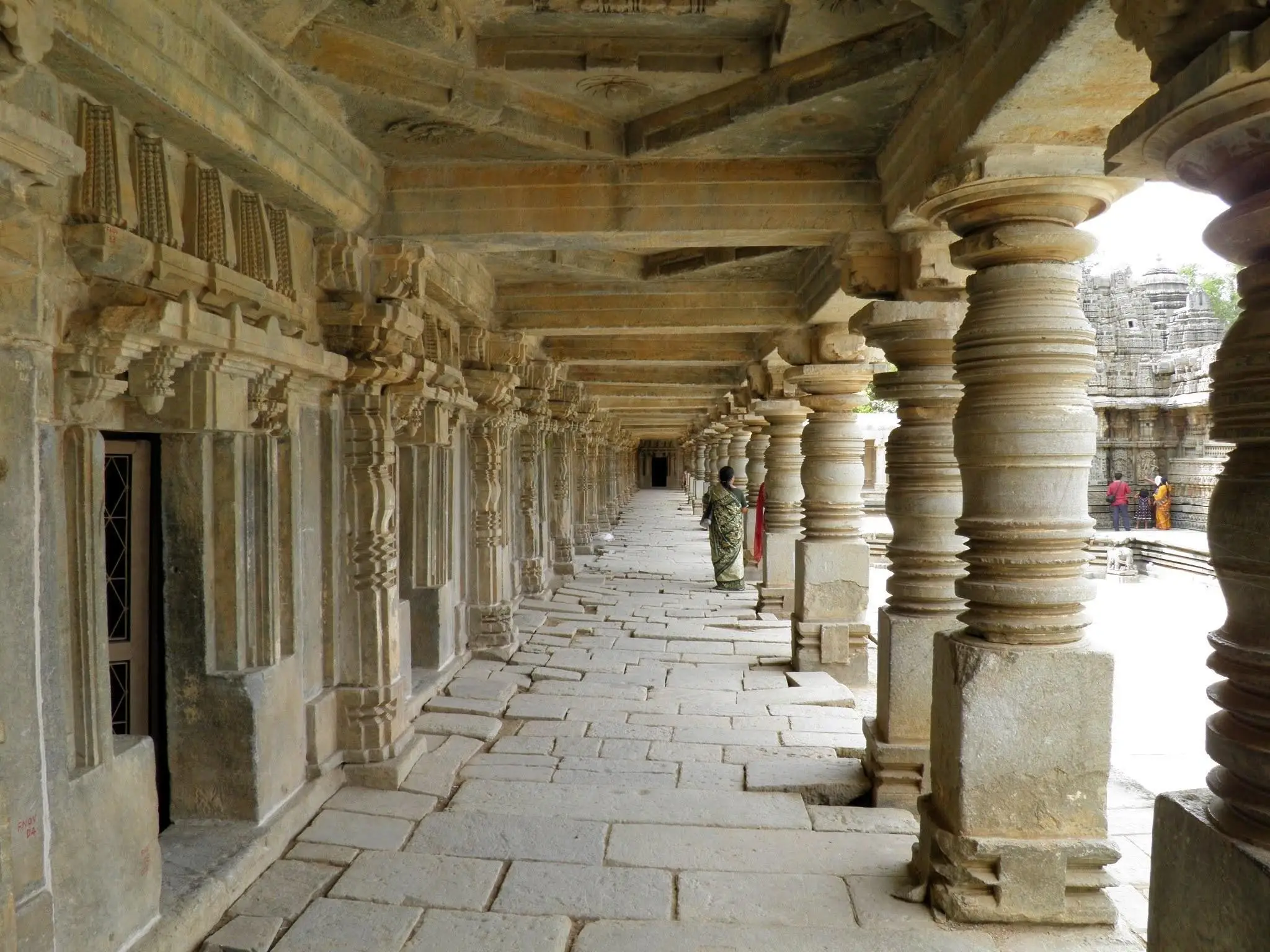Welcome to a fascinating journey into the world of ancient rituals and traditions at the heart of the Ram Mandir. In the video “Unveiling the Sacred Science: Ram Mandir Pran Pratishtha Rituals Explained,” we will delve into the profound meaning behind 10 commonly practiced rituals inside the temple that may seem superstitious at first glance, but actually hold a deeper logic. From the significance of idol worship to the spiritual energy infused during the pran pratishtha ceremony, each ritual serves a purpose that goes beyond mere tradition. Join us as we explore the hidden wisdom behind these practices and uncover the spiritual truths that have been passed down through generations. Let’s embark on this enlightening journey together and discover the sacred science behind the rituals of the Ram Mandir.
The Logic Behind Idol Worship

In this video, we will discuss 10 common rituals practiced inside the temple which are often termed as superstitious but surprisingly have a smart logic behind them. So without any further delay, let’s get started. Hello Friends! Welcome to Fit Tuber. Often, it’s asked, if God is everywhere then why do you worship the idols? Well, the human mind is such that it forms thoughts according to what it sees. So, a God’s image definitely reminds one of the good qualities. Secondly, Upanishads clearly mention that God is everywhere. However, it’s also a fact that it is easier to concentrate on an object than everywhere. Basically, one can study in the middle of a traffic jam as well. Although it’s easy to study in a library. The same is true regarding idol worship. And mind you,
These idols are not merely stone statues. In fact, an elaborate process of pran pratishtha which includes chanting of vedic mantras is done to infuse divine energy within the idol. This process is so intense that the mirror breaks as soon as the idol’s eyes are uncovered. Why do we offer hair to God? Why not nails? Well, Hair is often associated with pride. Hair has a huge role to play in making us look good. So much so that some people after hair loss feel low and stressed about it. Which is also why offering hair to God is considered as an act of self-sacrifice. It is an amazing practice of detachment from this body which is bound to die one day. Often, the temple authorities use the donated hair to make wigs and hair extensions, which are then sold to raise funds for the temple’s charitable activities.
Have you wondered why often the temples are built at an elevated place? Was it just to make them difficult to reach? Well, it’s partly true. People coming for God’s darshan should climb the hill which is a tedious task. This instills in them that to know God isn’t a cakewalk. Then this walking all the way to the temple was a good form of physical exercise. Obviously, at higher altitudes the air is also cleaner. Not many know, although in the olden days, temples were not just a place of worship. In fact, temples acted as a safe house during times like floods and even provided people with food. Why do we do parikrama? Have you noticed people walking circles around the deity? What could be the rationale behind this? Well, we know that planets revolve around the Sun while the Sun exerts a pull on these planets else they will be lost in space. In the same way, when we circumambulate around the deity, we accept that he is the supreme controller while everything revolves around him. We also pray while doing parikrama that he keeps a pull towards himself so that we are not lost in material pleasures of life. Moreover, one can notice that the parikrama is always done in a clockwise direction.
Pran Pratishtha: Infusing Divine Energy

10 common rituals inside the temple are often viewed as superstitious, yet they hold smart logic. The act of idol worship helps one concentrate on the divine qualities represented by the image. Upanishads state that God is omnipresent, but focusing on one object aids in concentration.
<ul>
<li>The process of Pran Pratishtha infuses divine energy within the idol through Vedic mantras and rituals.</li>
<li>Offering hair to God symbolizes self-sacrifice and detachment from material attachments.</li>
<li>Temples are often built in elevated places to symbolize the effort needed to reach and connect with the divine.</li>
<li>Parikrama, or circling the deity, signifies the divine being the center of our existence as planets revolve around the Sun.</li>
</ul>
<table class="wp-block-table">
<thead>
<tr>
<th>Idol Worship Practice</th>
<th>Significance</th>
</tr>
</thead>
<tbody>
<tr>
<td>Pran Pratishtha</td>
<td>Infuses divine energy through rituals</td>
</tr>
<tr>
<td>Offering Hair</td>
<td>Symbolizes sacrifice and detachment</td>
</tr>
<tr>
<td>Elevated Temples</td>
<td>Symbolize effort and spiritual ascent</td>
</tr>
<tr>
<td>Parikrama</td>
<td>Represents the divine as the center of our existence</td>
</tr>
</tbody>
</table>
Offering Hair to God: Act of Self Sacrifice

In this video, we will discuss 10 common rituals practiced inside the temple which are often termed as superstitious but surprisingly have a smart logic behind them. So without any further delay, let’s get started. Hello Friends! Welcome to Fit Tuber. Often its asked, if God is everywhere then why do you worship the idols? Well, the human mind is such that it forms thoughts according to what it sees. So, a God’s image definitely reminds one of the good qualities. Secondly, Upanishads clearly mention that God is everywhere. However, its also a fact that it is easier to concentrate on an object than everywhere. Basically, one can study in the middle of a traffic jam as well. Although, its easy to study in a library. The same is true regarding idol worship. And mind you.
These idols are not merely stone statues. In fact, an elaborate process of pran pratishtha which includes chanting of Vedic mantras is done to infuse divine energy within the idol. This process is so intense that the mirror breaks as soon as the idol’s eyes are uncovered. Why we offer hair to God? Why not nails? Well, Hair is often associated with pride. Hair has a huge role to play in making us look good. So much so that some people after hair loss feel low and stressed about it. Which is also why offering hair to God is considered an act of self-sacrifice. It is an amazing practice of detachment from this body which is bound to die one day. Often, the temple authorities use the donated hair to make wigs and hair extensions, which are then sold to raise funds for the temple’s charitable activities.
Have you wondered why often the temples are built at an elevated place? Was it just to make them difficult to reach? Well, it’s partly true. People coming for God’s darshan should climb the hill, which is a tedious task. This instils in them that to know God isn’t a cake walk. Then this walking all the way to the temple was a good form of physical exercise. Obviously, at higher altitude the air is also cleaner. Not many know although in the olden days, temples were not just a place of worship. In fact, the temple acted as a safe house during times like floods and even provided people with food.
Why we do parikrama? Have you noticed people walking circles around the deity? What could be the rationale behind this? Well, we know that planets revolve around the Sun while the Sun exerts a pull on these planets else they will be lost in space. In the same way, when we circumambulate around the deity, we accept that he is the supreme controller while everything revolves around him. We also pray while doing parikrama that he keeps a pull towards himself so that we are not lost in material pleasures of life. Moreover, one can notice that the parikrama is always done in a clockwise direction.
Elevated Temples: Symbolism and Purpose

Inside the temple, many common rituals are practiced that may seem superstitious at first glance, but actually have a smart logic behind them. These rituals hold deep symbolism and purpose that can be enlightening to understand:
- Idol Worship: While God is believed to be omnipresent, worshipping idols helps focus the mind on divine qualities and facilitates concentration during prayers.
- Pran Pratishtha: The process of infusing divine energy into idols through vedic mantras is a sacred ritual that signifies the spiritual presence of the deity.
- Offering Hair: Offering hair to God symbolizes detachment from material attachments and self-sacrifice, promoting a sense of humility and devotion.
Additionally, the physical layout of temples, often built at elevated locations, serves multiple purposes beyond just accessibility:
- Spiritual Journey: Climbing hills to reach temples symbolizes the effort and dedication required to seek divine blessings, reinforcing the idea that spiritual growth isn’t easy.
- Health Benefits: Elevated temples provide visitors with physical exercise and cleaner air, enhancing not only the spiritual experience but also the overall well-being of devotees.
- Symbolic Circumambulation: The practice of parikrama, walking around the deity in a clockwise direction, signifies the harmonious order of the universe and our alignment with the supreme will of the divine.
Parikrama: Circumambulating the Deity with Purpose

When we visit a temple, we often see people walking in circles around the deity, a practice known as parikrama. But have you ever wondered why this ritual is performed? Here’s the rationale behind it:
- Just like planets revolve around the Sun under its gravitational pull, when we do parikrama, we acknowledge that the deity is the supreme controller around whom everything revolves.
- By walking around the deity in a clockwise direction, we pray that the divine force keeps pulling us towards spiritual enlightenment and helps us stay away from worldly distractions.
- This ancient practice of parikrama symbolizes surrender and devotion to the deity, reminding us of our eternal connection to the divine.
So, the next time you see people performing parikrama, remember that it’s not just a physical act but a spiritual journey towards inner peace and enlightenment.
Q&A
Q: What is the main focus of the YouTube video “Unveiling the Sacred Science: Ram Mandir Pran Pratishtha Rituals Explained”?
A: The video focuses on discussing 10 commonly practiced rituals inside the temple which may seem superstitious, but actually have logical reasons behind them.
Q: Why do people worship idols in temples if God is believed to be everywhere?
A: The human mind is easier to concentrate on an object, such as an idol, rather than the abstract concept of God being everywhere. Idol worship helps remind individuals of the good qualities associated with God.
Q: What is the significance of the pran pratishtha ritual mentioned in the video?
A: The pran pratishtha ritual involves infusing divine energy within the idol through chanting Vedic mantras. This intense process is believed to make the idol spiritually potent, to the point where it is said that a mirror will break when the idol’s eyes are uncovered.
Q: Why do people offer their hair to God in temples?
A: Offering hair to God is considered an act of self-sacrifice and detachment from one’s ego and physical appearance. The donated hair is often used by temple authorities to make wigs and raise funds for charitable activities.
Q: What is the significance of temples being built at an elevated place?
A: Temples are often built at an elevated place to symbolize the journey and effort required to reach God. Climing the hill to the temple is seen as a physical exercise and a reminder that knowing God isn’t easy. Additionally, temples served as safe houses and provided aid during natural disasters in the past.
Q: Why do people do parikrama, or circumambulate around the deity in temples?
A: Parikrama symbolizes acceptance of the deity as the supreme controller, with everything revolving around him. By walking in circles around the deity, individuals express their desire to avoid getting lost in material pleasures and to stay connected to the divine.
Final Thoughts
As we conclude our discussion on the sacred science behind the rituals of Ram Mandir Pran Pratishtha, we have delved into the intricate meanings and logic behind practices that may seem superstitious at first glance. From idol worship to offering of hair, from temple placement to the significance of parikrama, each ritual holds deeper significance than meets the eye.
It is important to understand the symbolism and spirituality embedded in these practices, as they serve as pathways to connect with the divine and cultivate a sense of devotion and humility. So next time you visit a temple, take a moment to reflect on the wisdom woven into these rituals and appreciate the tradition that has been carried forward over generations.
Thank you for joining us on this enlightening journey into the rituals of Ram Mandir Pran Pratishtha. Stay curious, stay open-minded, and continue to explore the rich tapestry of our cultural heritage. Until next time, may you find peace and inspiration in the sacred traditions that have been passed down through the ages.




Pingback: 24 hour fitness - Dr Strong